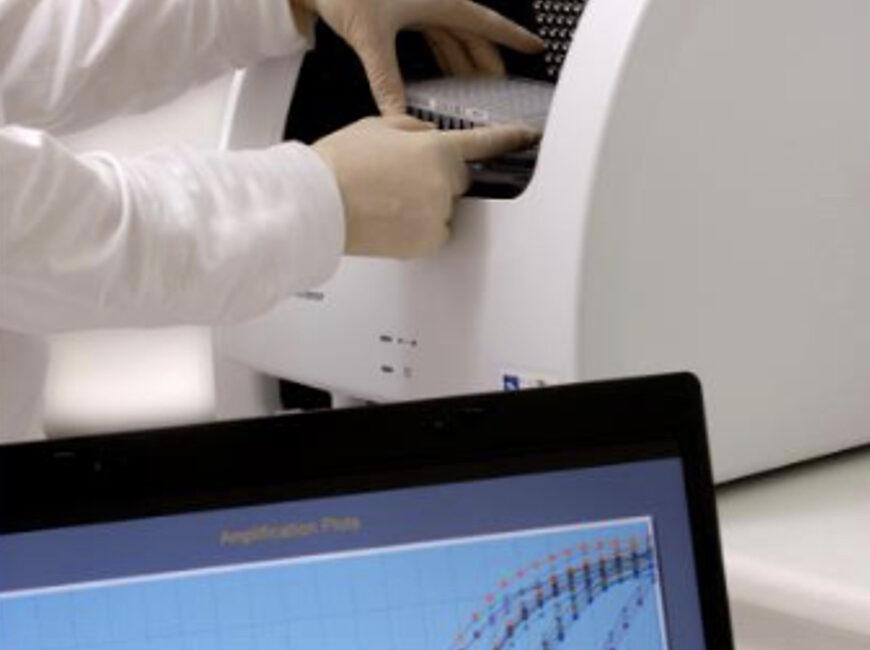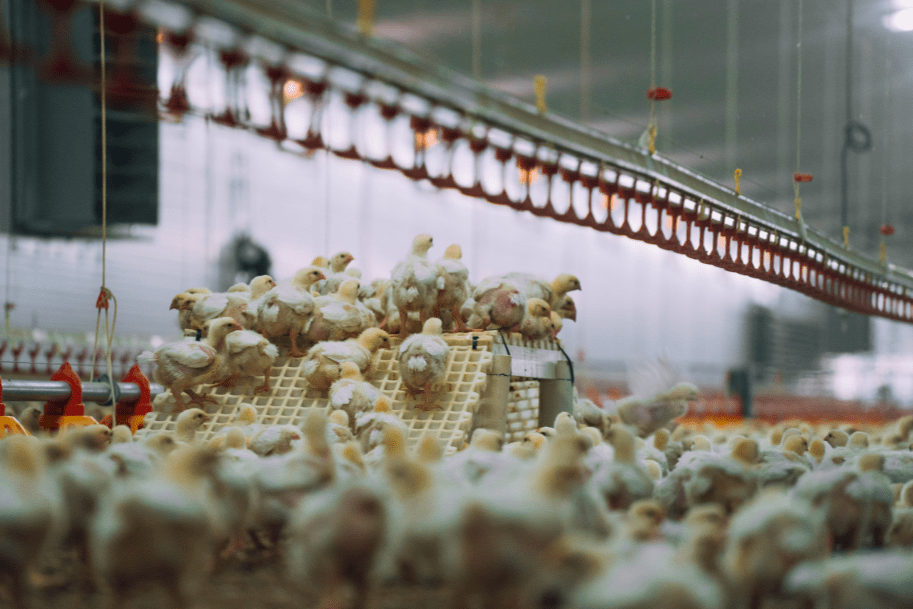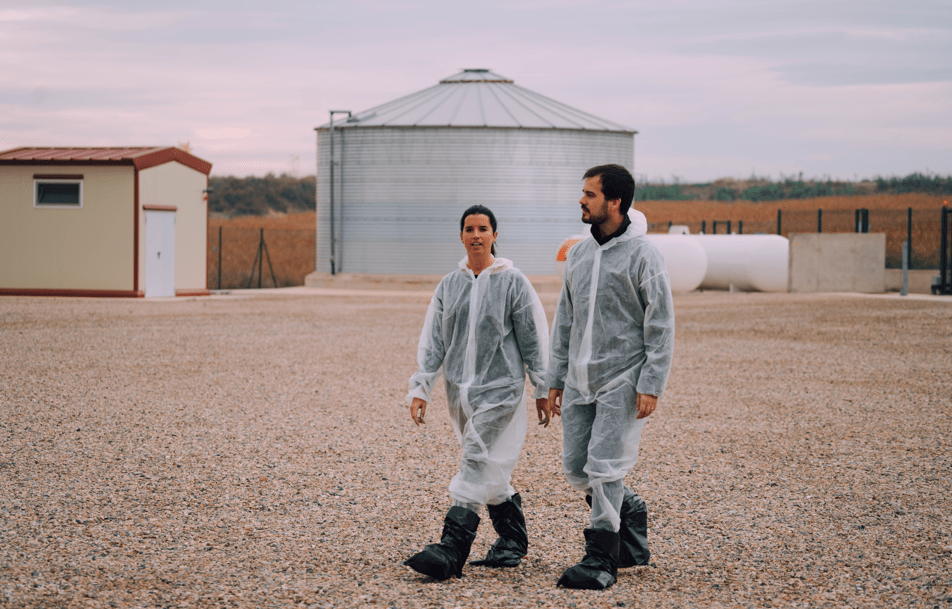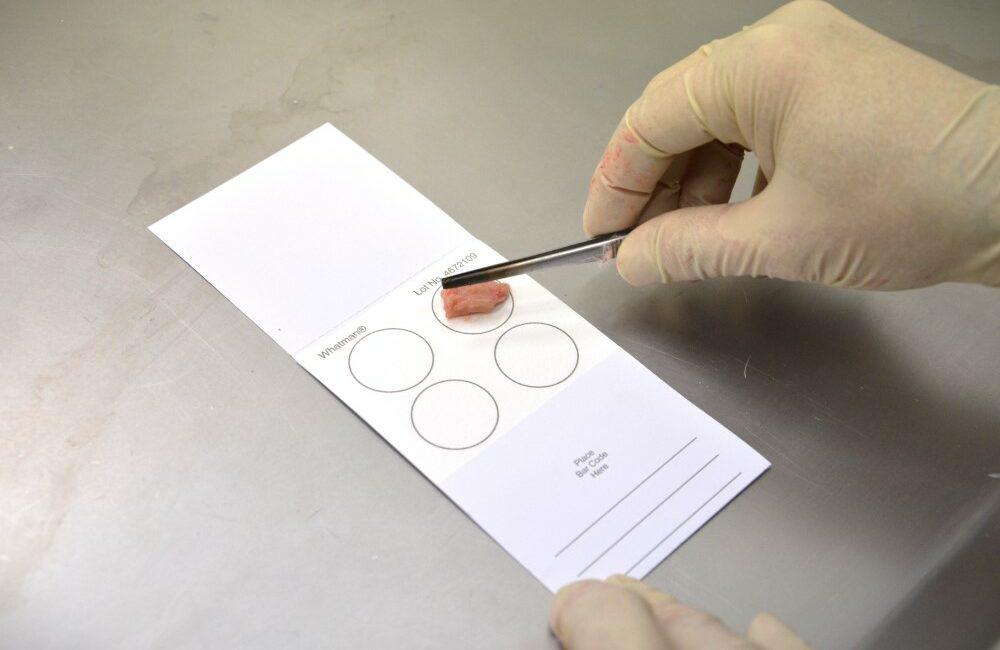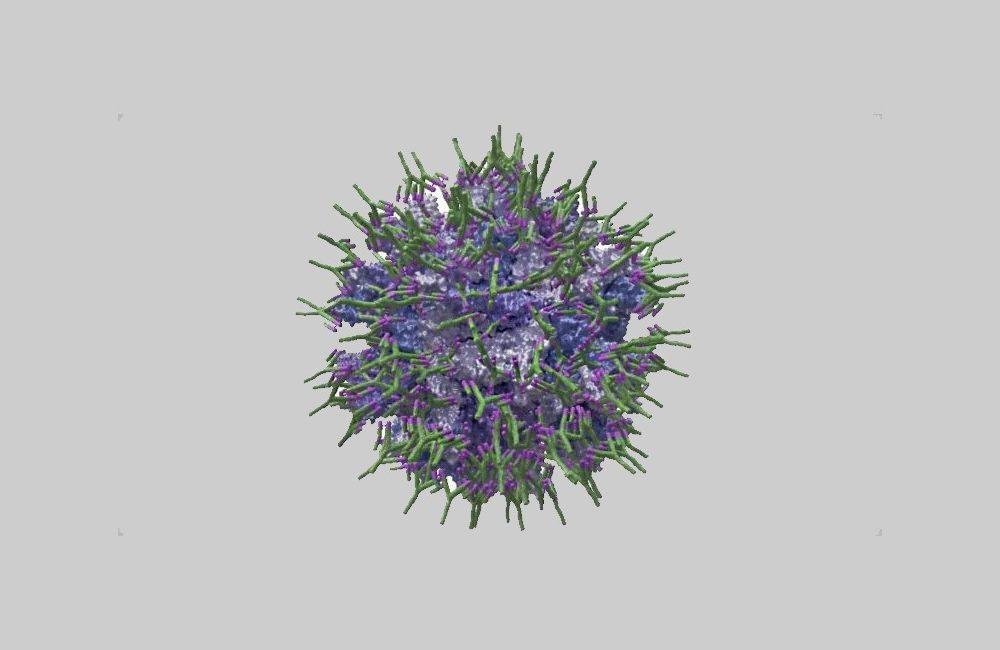There are several diagnostic techniques available for Infectious Bursal Disease (IBD) which can be very useful in poultry vets’ daily practice. However, to ensure their efficient use, it is crucial to know how to interpret them and what valuable information each of them provides us with. Understanding each of these...
Antigenic drift in variant Infectious bursal disease viruses can be explained by a single point of mutation in the VP2 protein
Outbreaks of infectious bursal disease (IBD) are still reported throughout the world despite efforts to control the disease through vaccination. Control efforts are complicated by the fact that the causative agent is subject to frequent genetic mutations, reassortment of genome segments, and genomic recombination events that can potentially increase virulence...
Management of drinking water vaccination for poultry
There are several factors involved in drinking water chicken vaccination and steps to follow in order to achieve the best and most homogeneous results.
Reassortant very virulent IBDV in Europe. Is there a correlation between positivity on broiler farms and the type of vaccine currently used?
A study was initiated on poultry farms in order to have an indication of the spread of this new virus in the Netherlands and to investigate whether there is a relationship between its appearance and the currently used vaccine strategy (P. Kühne et al. 2023).
Subclinical Gumboro disease caused by variant strains. What impact do they have?
Classification of Gumboro disease (IBDV) became more complex with the discovery of antigenic variant strains (avIBDV) in America and a highly virulent strain (vvIBDV) identified in Europe. More detailed information on the antigenicity, pathogenicity and molecular structure of new IBDV isolates made it clear that the descriptive nomenclature used for...
Variant IBDV strains from different countries. Are they related to each other?
Infectious bursal disease virus (IBDV) was commonly divided into three main groups according to antigenic and virulence properties: classical virulent (cvIBDV), very virulent (vvIBDV) and antigenic variants (avIBDV).

